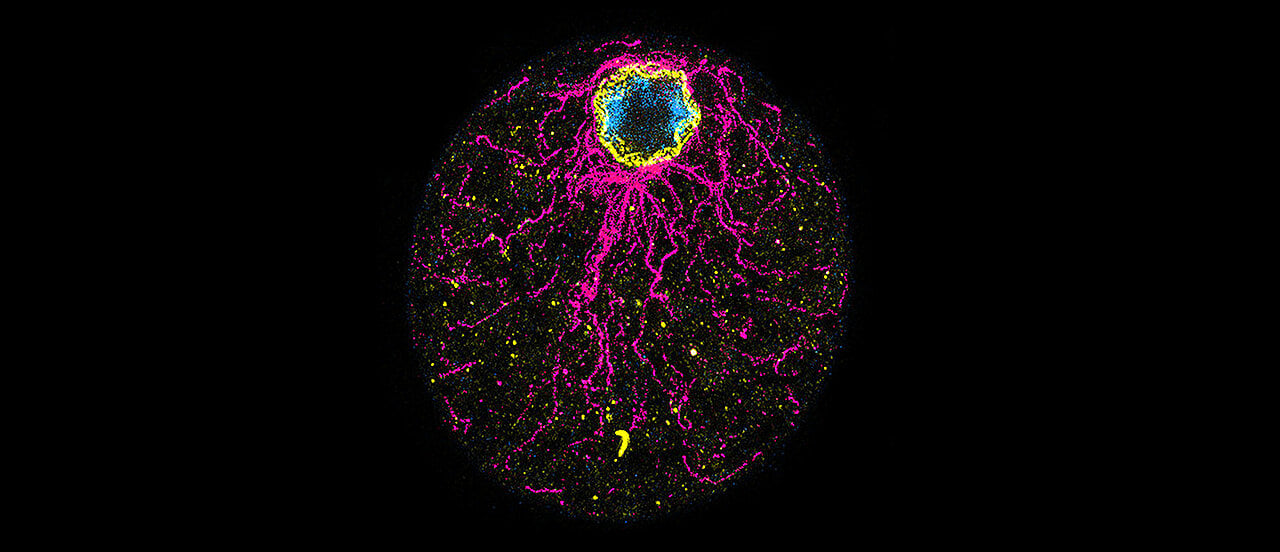Chromosphaera perkinsii is a single-celled species discovered in 2017 in marine sediments around Hawaii. The first signs of its presence on Earth have been dated at over a billion years, well before the appearance of the first animals.
Marine Olivetta, laboratory technician at the Department of Biochemistry in the UNIGE Faculty of Science and first author of the study, observes, “It’s fascinating, a species discovered very recently allows us to go back in time more than a billion years.”
In fact, the study shows that either the principle of embryonic development existed before animals, or that multicellular development mechanisms evolved separately in C. perkinsii.
This discovery could also shed new light on a longstanding scientific debate concerning 600 million-year-old fossils that resemble embryos, and could challenge certain traditional conceptions of multicellularity.


